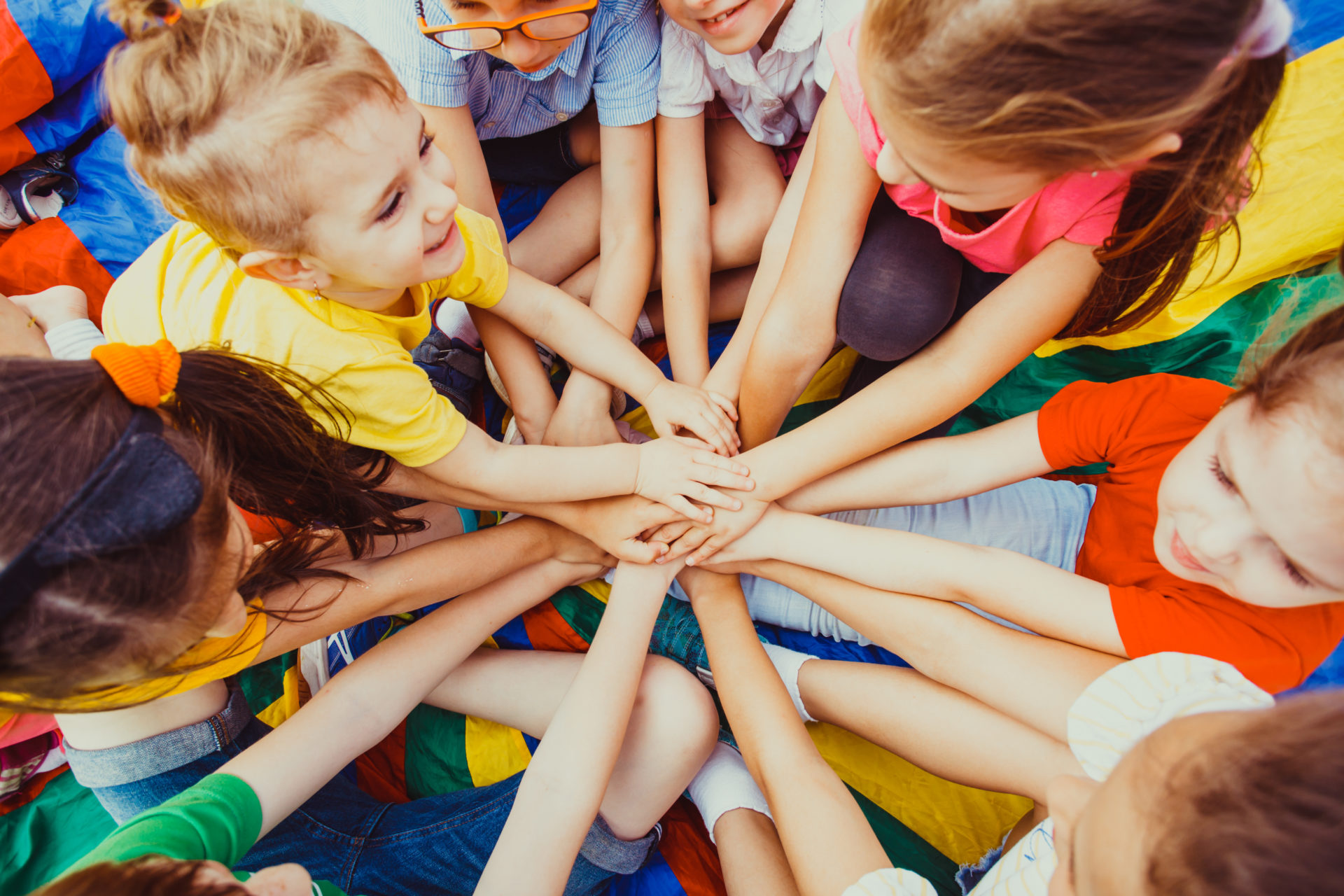How Friends Influence Behavior: Friendships and School Performance

When you think back to your time in school, what do you remember most? Is it the homework and tests, or is it the relationships you built with others? If you’re like most people, it’s the latter. But, how do those friends influence behavior? Recent studies have concluded that friendships are more important than you might think. In many cases, they’re even among the biggest indicators of success in school. Of course, that could be a problem for the students who don’t make friends easily, which is why they need your help. After all, as teachers, we have a great opportunity to help students improve their peer relationships in school. Here’s why that’s important and how to get started.
The Impact of Peer Relationships
Childhood friendships are more important than you might think. First, they help children develop the social skills they’ll need to succeed in life. Those skills include the following:
- Cooperation
- Problem solving
- Communication
As most adults have learned, those skills are important both at school and in the workforce. Peer relationships can also help children learn to control their emotions and respond to others appropriately. Better grades are also among the perks of friendships, as several studies have shown that socially active students often have better academic outcomes at school.
How Teachers Can Nurture Friendships Among Students
Now that we know how important peer relationships are in the classroom, it makes sense to spend time encouraging students to make friends. Granted, most of our schedules are stretched to the limit, leaving us little time to focus on encouraging friendships. But luckily, some of the most effective methods are quick, easy, and fit in well with most classroom plans. Here are some examples:
Help Kids Introduce Themselves Early On
The first week of school is the perfect time to plan activities that help kids introduce themselves to their peers. One of the most popular options involves a worksheet with a different box for each detail. To play the game, students have to find a peer with that detail. For example, if the box says “has a sister,” students mingle with classmates until they find someone who has a sister, and then they can write that person’s name in the box. This can get kids talking early in the year.
Use Small Groups During the School Year
Another way to get students talking is to set up group activities whenever possible. Shy students are more likely to talk in small groups than in larger groups, so you might have some success when you ask them to complete social activities, like sharing stories based on questions you ask. And of course, just having students work on in-class projects and worksheets in small groups can nudge them to be more social and even make friends
Show Students Their Value
You can also encourage peer relationships by making it clear you enjoy being around your students, showing they have social value. For instance, if you have a student who doesn’t have any friends, you can show the other students that he or she is interesting or kind. You can do this by talking to and laughing with the student in front of the class, which will not only boost the student’s self esteem but also drive others to try to get to know him or her.
Help Students Show Off Their Strengths
Another way to spotlight a student’s value as a friend is to allow opportunities for him or her to show everyone some unique skills. For example, if you know a student is great at baking, ask him or her to bring in baked goods that complement a lesson plan, such as when you’re teaching the class about a particular country that values certain foods. Or maybe a student knows a lot about weather systems, in which case you can offer extra credit if he or she makes a presentation to the class when you’re teaching about weather. This tactic is especially helpful with older students whose value as a friend might have been overlooked by others.
Encourage Students to Get Involved
By encouraging students to participate in extracurricular activities, you can play a role in helping them strengthen their relationships with peers. Joining clubs can help students find others with similar interests, which often leads to more friends. And if you have a few students whose interests are not represented by clubs yet, suggest that they start one. If possible, let them know you can sponsor it, or at least cheer them on as they start planning the new club.
As teachers, we have the influence necessary to not only educate our students but also to help them create and retain friendships that will both influence behavior and benefit them for life. Following these tips can help you make a difference in your classroom when it comes to supporting peer relationships among your students.
Want to prepare students for career and life success, but short on time?
Request a Free Demo
Busy teachers use Everfi’s standards-aligned, ready-made digital lessons to teach students to thrive in an ever-changing world.